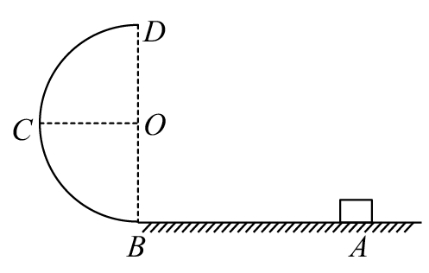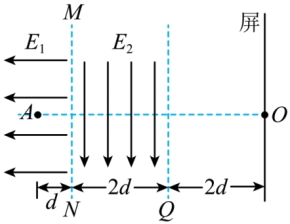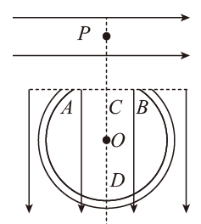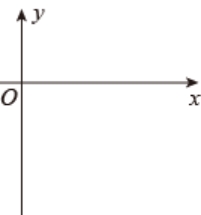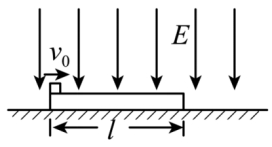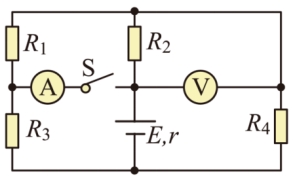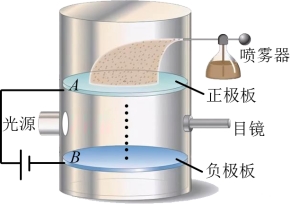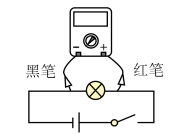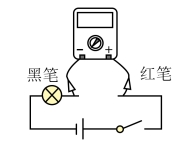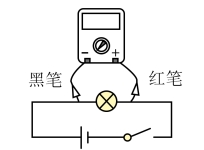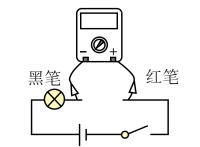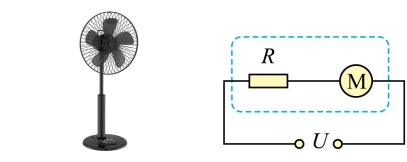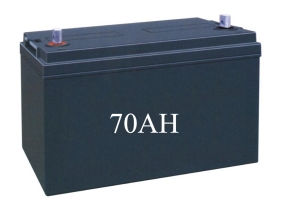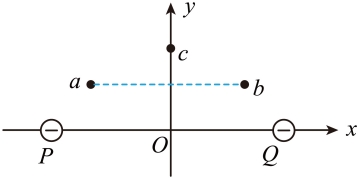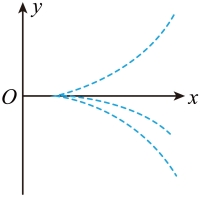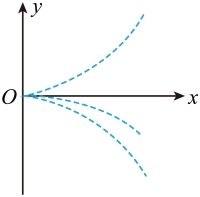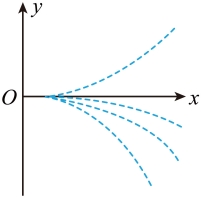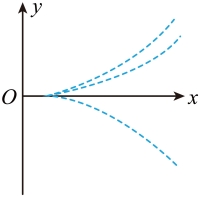PLANES — Synthetic hydrocarbons The hardest sector to decarbonize is aviation. One long-term option for sustainable fuel for planes is to make hydrocarbons from recycled air. | CARS — Batteries Batteries are energy-efficient and electric cars can plug into existing systems and services. New solid-state batteries will take a car farther on a single charge. | ||
| |||
TRAINS — Electricity Some trains are already electrified through rails or wires; others can be made electric in pretty simple ways. | TRUCKS — Hydrogen fuel cells Hydrogen fuel cells are a lighter choice than batteries for trucks, but making green hydrogen is expensive. | SHIPS — Liquid ammonia Liquid ammonia is easy to keep and transport, but it is hard to ignite (点燃) and requires an engine redesign. | |
This energy transition (变革) is global, and the amount of renewable energy the world will need is “a little bit mind-blowing,” says mechanical engineer Keith Wipke at the National Renewable Energy Laboratory. It’s estimated that the global demand for electricity could more than double by 2050. Fortunately, analyses suggest that renewables are up to the task. “We need to speed up the development of green energy, and it will all get used,” says Wipke.
1. What percentage of global transport emissions did road vehicles account for in 2018?
A. 11.6%. B. 45.1%. C. 74.5%. D. 86.1%.
2. Which mode of transport can go green comparatively easily?
A. Planes. B. Trucks. C. Trains. D. Ships.
3. What does Wipke suggest regarding energy transition?
A. Limiting fuel consumption. B. Putting more effort into renewables.
C. Improving energy efficiency. D. Making electricity more affordable.
...
1、本网站所提供的信息,只供教育教学参考之用。
2、本网站及其会员一概毋须以任何方式就任何信息传递或传送的失误、不准确或错误对用户或任何其他人士负任何直接或间接的责任。
3、在法律允许的范围内,本网站在此声明,不承担用户或任何人士就使用或未能使用本网站所提供的信息或任何链接或项目所引致的任何直接、间接、附带、从属、特殊、惩罚性或惩戒性的损害赔偿。
4、访问者在从事与本网站相关的所有行为(包括但不限于访问浏览、利用、转载、宣传介绍)时,必须以善意且谨慎的态度行事;访问者不得故意或者过失的损害本网站的各类合法权益,不得利用本网站以任何方式直接或者间接的从事违反中华人民共和国法律、国际公约以及社会公德的行为。对于访问者利用本网站提供的信息而作出的任何决策、决定以及其后果,本网站不承担任何责任
5、本网站图片,文字之类版权,本网站无法鉴别所上传图片或文字的知识版权,如果侵犯,请及时通知我们,本网站将在第一时间及时删除。
6、凡以任何方式登录本网站或直接、间接使用本网站资料者,视为自愿接受本网站声明的约束。
GYEDU







